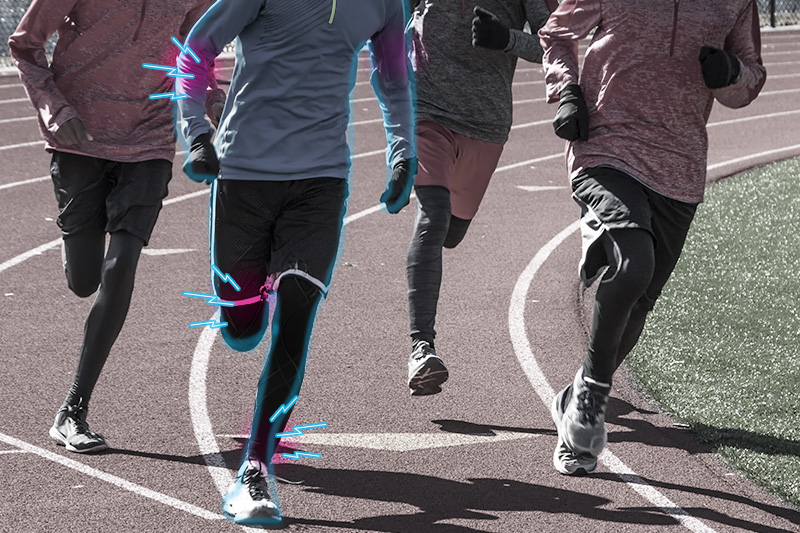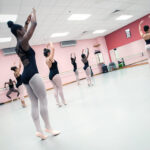Sports injuries: Why ignoring pain is bad for athletes

“No guts, no glory.” “No pain, no gain.” “Rub some dirt in it.” Sports clichés like these encourage young athletes to push themselves even when their bodies tell them to stop. But sucking it up increases a player’s risk of injury. If he could, Dr. Mininder Kocher, chief of the Sports Medicine Division, would erase these sayings from the list of motivational tactics used with young athletes.
“’No pain, no gain’ does not apply to youth sports,” says Dr. Kocher. While an athlete’s legs might burn in the sprint to the finish line, such discomfort should go away soon after the activity ends. Pain is another story. “In young athletes in particular, pain is a sign that something’s wrong.”
Ignoring pain says ‘bring it on’ to sports injuries
Pain — which can be an acute, a stabbing feeling that appears suddenly or a lingering achiness that interferes with daily activities — very often signals a sports injury or potential injury. The problem could be simple, like Osgood-Schlatter disease, an overuse condition that causes pain and swelling around the upper shin. Or it could be more serious, like osteochondritis dissecans (OCD), a serious injury in which the cartilage around a joint separates from the bone.
Pain as a red flag for sports injury
Pain accompanied by swelling, limping, or a drop in performance are red flags of a potential sports injury. If your child has these or any of the following types of pain, make an appointment with their doctor or a sports medicine physician:
- pain that lasts hours or days after a practice or competition
- pain that does not go away with rest or gets worse over time
- pain triggered by normal daily activities like walking or climbing stairs
“If we catch sports injuries early, they can often be treated with rest and physical therapy,” says Dr. Kocher. But injured athletes who play through their pain could face problems much more significant than whether or not they make the varsity team. “If an athlete waits until they can barely walk, sports injuries often require major surgery and can lead to early arthritis.”
Ignoring pain can also interfere with a young athlete’s growth. Up until puberty, children have areas of growing tissue, called growth plates, at each end of their long bones. When a teen reaches their adult height, usually around age 13 to 15 for girls and 15 to 17 for boys, their growth plates are replaced by solid bone. Until then, a growth plate fracture can permanently stunt the child’s growth.
Exercise sense to avoid sports injuries
The “no pain, no gain” mindset often goes hand in hand with early sports specialization, a trend of kids focusing on a single sport as early as elementary school. Many of the athletes who visit the Sports Medicine Division ignored pain in hopes of measuring up to a coach or parent’s expectations. Sadly, this often backfires, resulting in injuries that force kids off the field for a whole season, and sometimes longer.
In other words, ignoring pain in the quest for glory is a shortsighted tactic. “If a kid is sore after a game or practice, it’s very reasonable to ice the area, take some ibuprofen, and give it a few days of rest. But if it doesn’t get better, or if the soreness happens all the time when they play, they need to get it checked out,” advises Dr. Kocher.
Learn more about the Sports Medicine Division.
Related Posts :
-

My story of bouncing back from osteochondritis dissecans
Injuries suck — no better way of putting it. The physical pain is terrible on its own, but emotionally they can ...
-

The key to preventing shin splints may be underfoot
Medial tibial stress syndrome, also known as shin splints, is a common and often recurring injury among adolescent runners. Recovery ...
-

One athlete, two hip surgeries, three Ironmans
Trevor Spence grew up playing just about every sport he could. When he was 3, he laced up his first pair ...
-

Hip pain is different in female dancers: New insights from dynamic ultrasound
Dancers put unique demands on their hips, achieving extreme ranges of motion that can strain the joints and damage supporting ...





